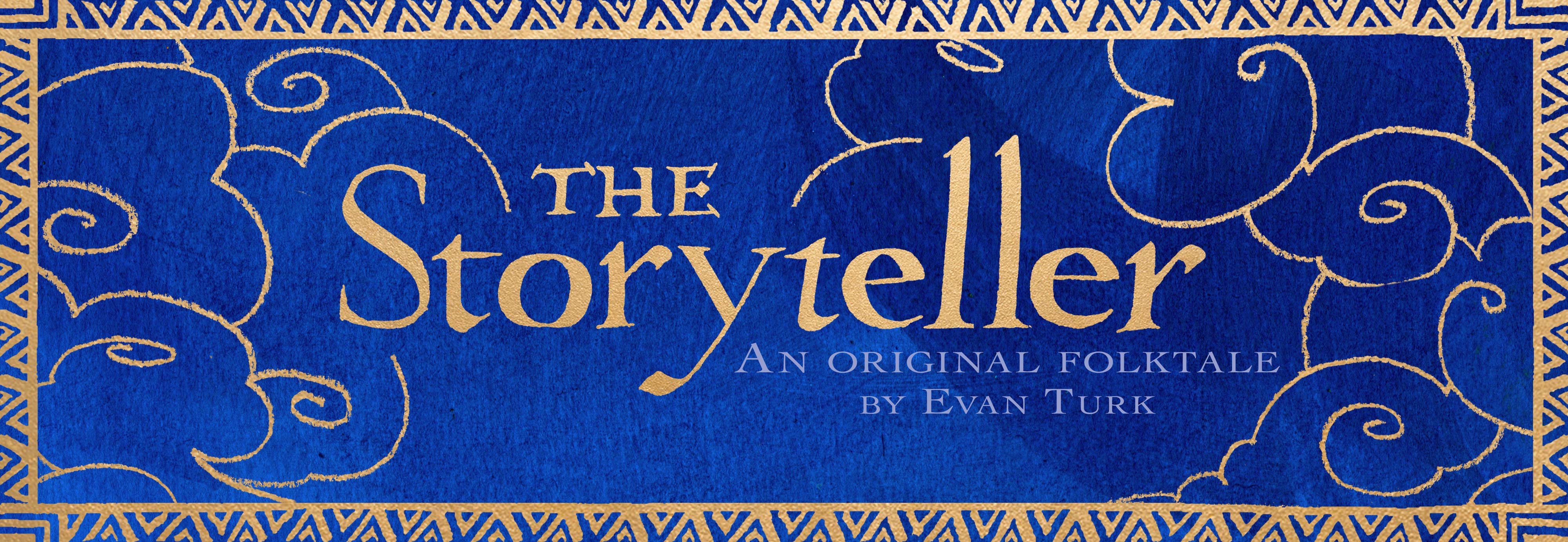Audio Glossary for The Storyteller & Teaching Materials
Our thanks to former Moroccan educator Abdelaziz Rhazzali for explaining the Moroccan Arabic words in the picture book and the companion teaching materials! Shukran!
Read MoreThe People of Morocco in ‘The Storyteller’
Morocco is a country with a long history, and traditions, like storytelling and carpet weaving, that extend back a thousand years. But it is also a modern country in today’s world. As in most countries, the traditional and the new exist simultaneously.
The central story in The Storyteller, ‘The Sandstorm and The Storyteller’, about a boy inheriting and using the wisdom of a master storyteller, takes place in modern times. The reader is introduced to the boy in the “Great Square” based loosely on the Jamaa EL Fna square in the old medina of Marrakech in the illustration above. In this one illustration, readers can notice many different aspects of the modern mixing with the traditional.
Read MoreThe Last Storytellers of Marrakech – By Richard Hamilton
I found him sitting on a mattress in a dark room praying.
It had taken days to track him down in the narrow crumbling streets of Marrakech’s medina. Ahmed Temiicha was once the most famous storyteller in Marrakech, but when I met him he was old, frail and had gone blind.
He lived in an old house or riad with balconies overlooking an inner courtyard of peeling walls and cracked tiles. I sat down and listened to his stories. His eyes seemed to sparkle as he recounted a long twisting saga called, “The Apples of El-Ghaliya bent Mansour.” She was an enchantress who lived beneath the seventh sea. She would sleep for a year and stay awake for the next one. She would make her bed with half of her hair and cover herself in the other half. Seven watchmen guarded seven doors of her underwater palace. Beyond its walls was an orchard of golden apples. The hero of the story had to steal one of these in order to marry a beautiful princess…
Like tales from ‘A Thousand and One Nights’, traditional Moroccan stories are fantasies; a world where listeners young and old can escape from their everyday lives. But they are also fables, parables and morality tales which teach us how to live a good life. The stories of Marrakech are especially culturally rich because they have diverse influences: from the Arab Middle East, Sub-Saharan Africa and the Berber people of North Africa.
As I listened to Ahmed’s stories, I felt as if I was travelling back in time. This must have been what it was like centuries ago in remote mountain villages or among the dunes of the desert, when camel herders gathered around camp fires and told tall tales beneath the stars. It had been a privilege to listen to Ahmed in that small room with its broken tiles and old mattresses. By telling stories he seemed to keep himself alive, and he enchanted me. In the land of the blind, the storyteller is king.
Read MoreA letter from Moroccan Storyteller, Mehdi EL Ghaly
As-Salaam-Alaikum!
(Peace be unto you)
I want to share with you a story about a kid who grew up to be one of his idols.
Not long ago, there was a child, a baby boy, who grew up in a traditional Moroccan house in the old medina of Marrakech. He was so energetic that where ever he went he caused a mess. One night his grandmother told him “I want to tell you a story.” She began with the words “Hajitek Majitek,” which mean “Once upon a time” in Moroccan Arabic. The boy started listening, but eventually he fell asleep in the middle of the story. When he woke up the next day, he asked his grandmother for the rest of the story, but she replied that she would continue the story that evening. From that moment on, every evening, with her stories, his grandmother changed and built something within the boy that he would soon discover.
Read MoreThe weaver as Storyteller
In October 2014 I took a trip to Morocco to do research for The Storyteller. One of my favorite experiences was spending a day in the village of Anzal in southern Morocco and meeting the women carpet weavers there and their family. These drawings (aside from the illustrations from the book at the end) were done on-location in Anzal and the nearby Oasis de Fint.
I arrived at the village of Anzal and met, Naoual, a twenty two year old woman from the village who translated for me and told me about her village and the weaving association. The village is nestled in a valley between harsh, dry mountains. The landscape is both empty and calming. The ground and sky seem to extend in all directions for eternity. It is said that the top crossbar of a loom is often called “the beam of heaven” and the bottom bar, “the earth”, with everything between as “creation.”
Read MoreThe Art of ‘The Storyteller’: Behind the Scenes, Part 1
The process for creating ‘The Storyteller’ began in August of 2012 while at an illustration/drawing workshop with Dalvero Academy, an independent school of continuing studies in art and illustration that I have been a part of for many years. As part of a semi-annual trip with the school to DisneyWorld, one of our rigorous days was in EPCOT where I focused on the Morocco pavillion. The pavilions at EPCOT are more than just culturally inspired attractions, they are created by the governments of the countries represented as a synthesis of culture and craft to display their country to the world. Because of that, they are great places to begin learning about a culture.
Read More









